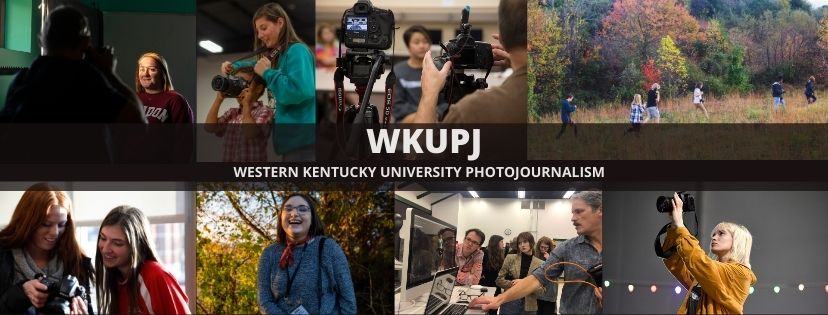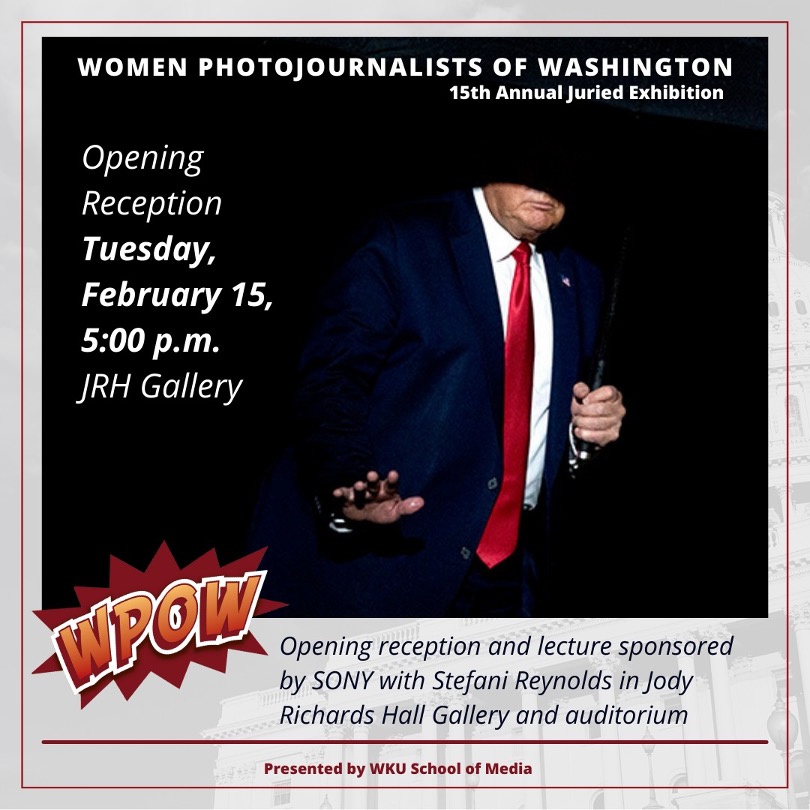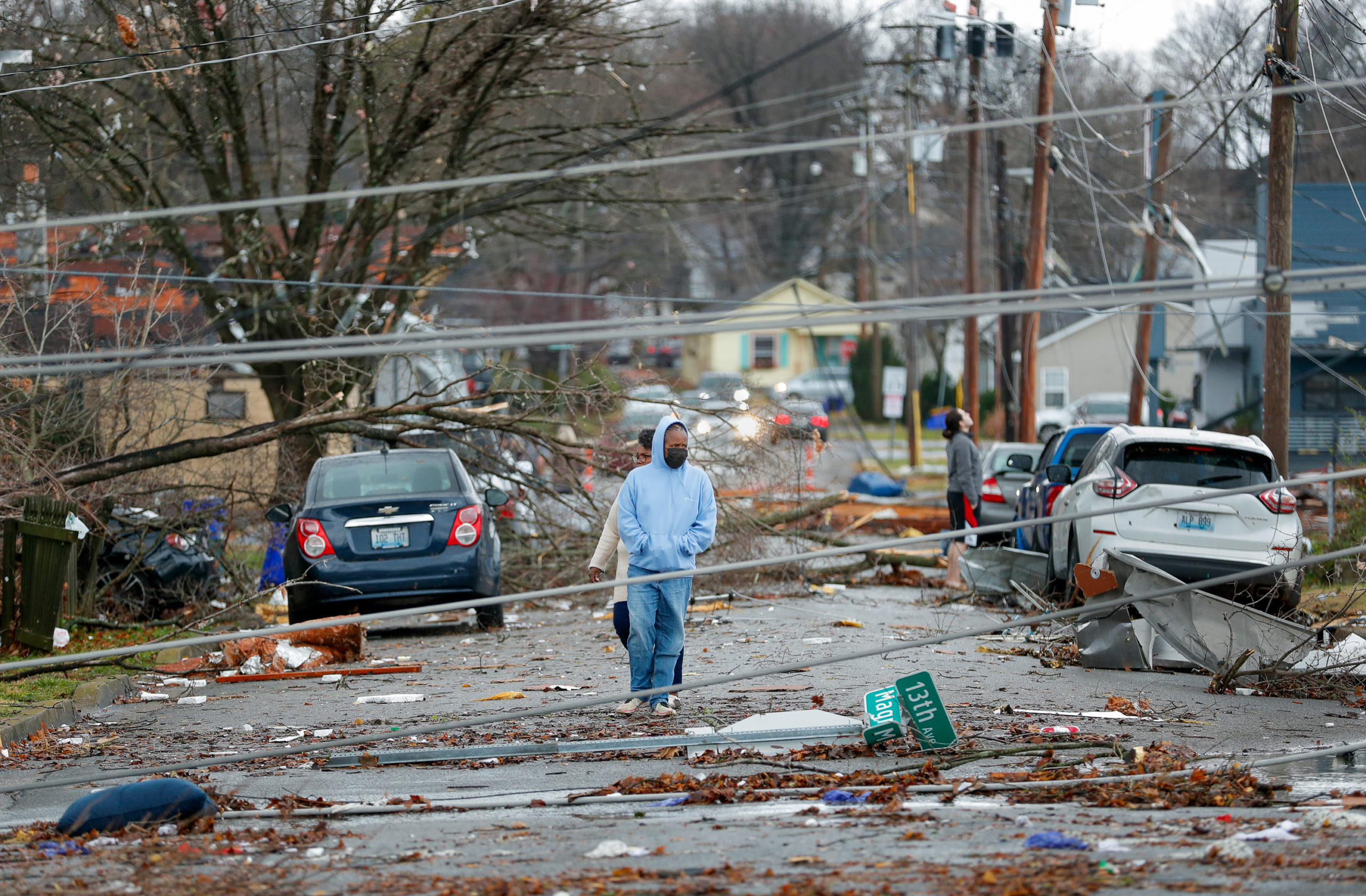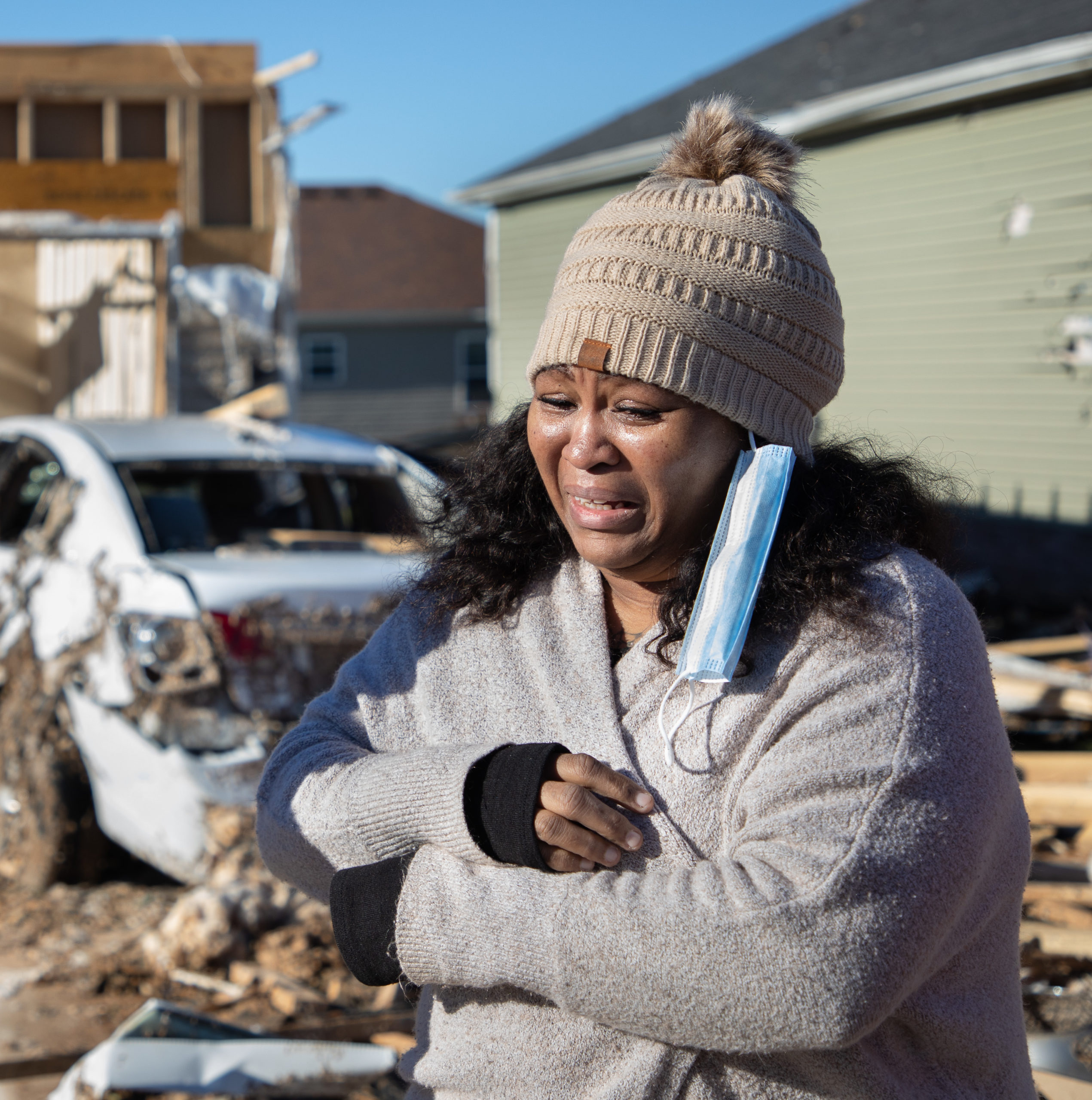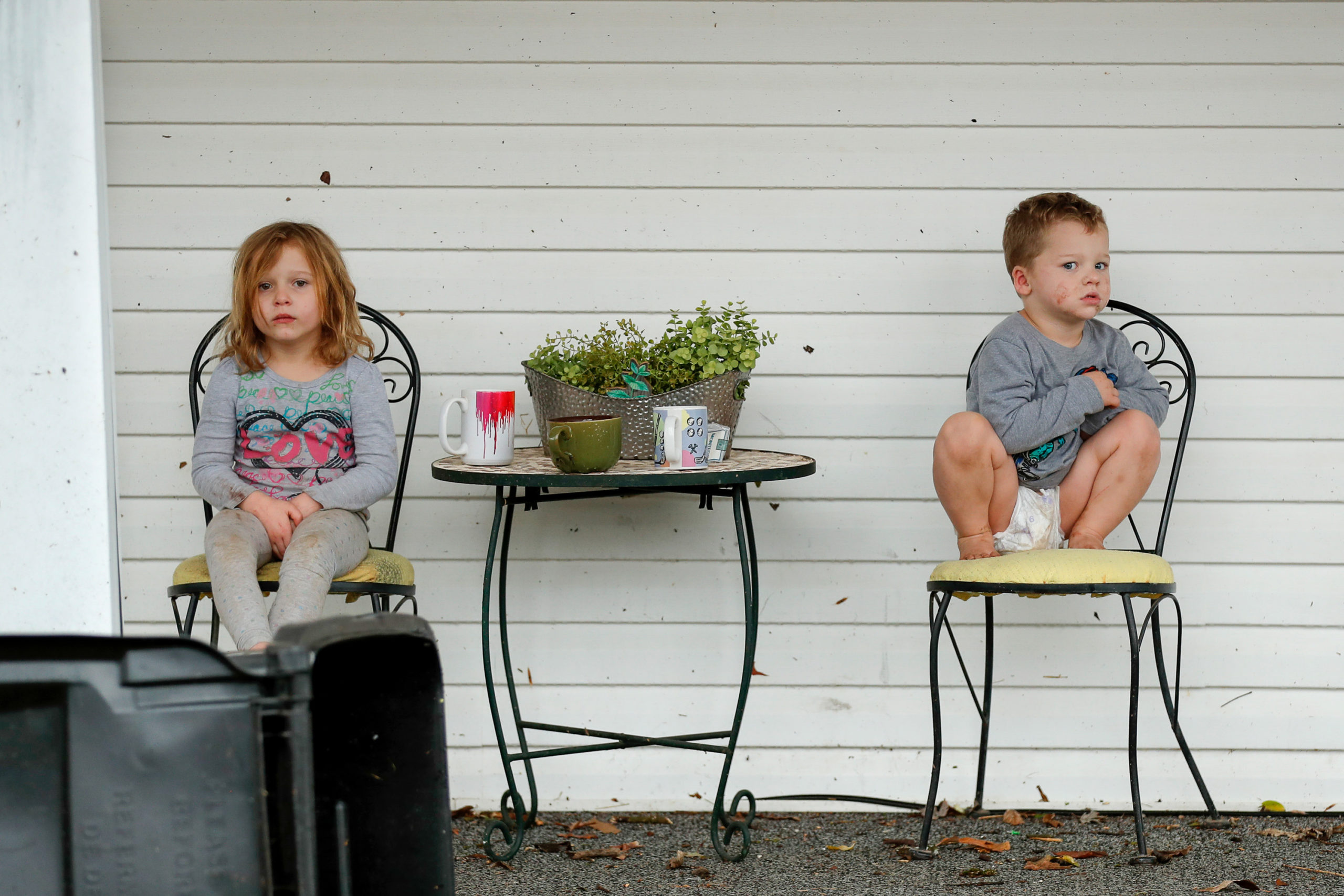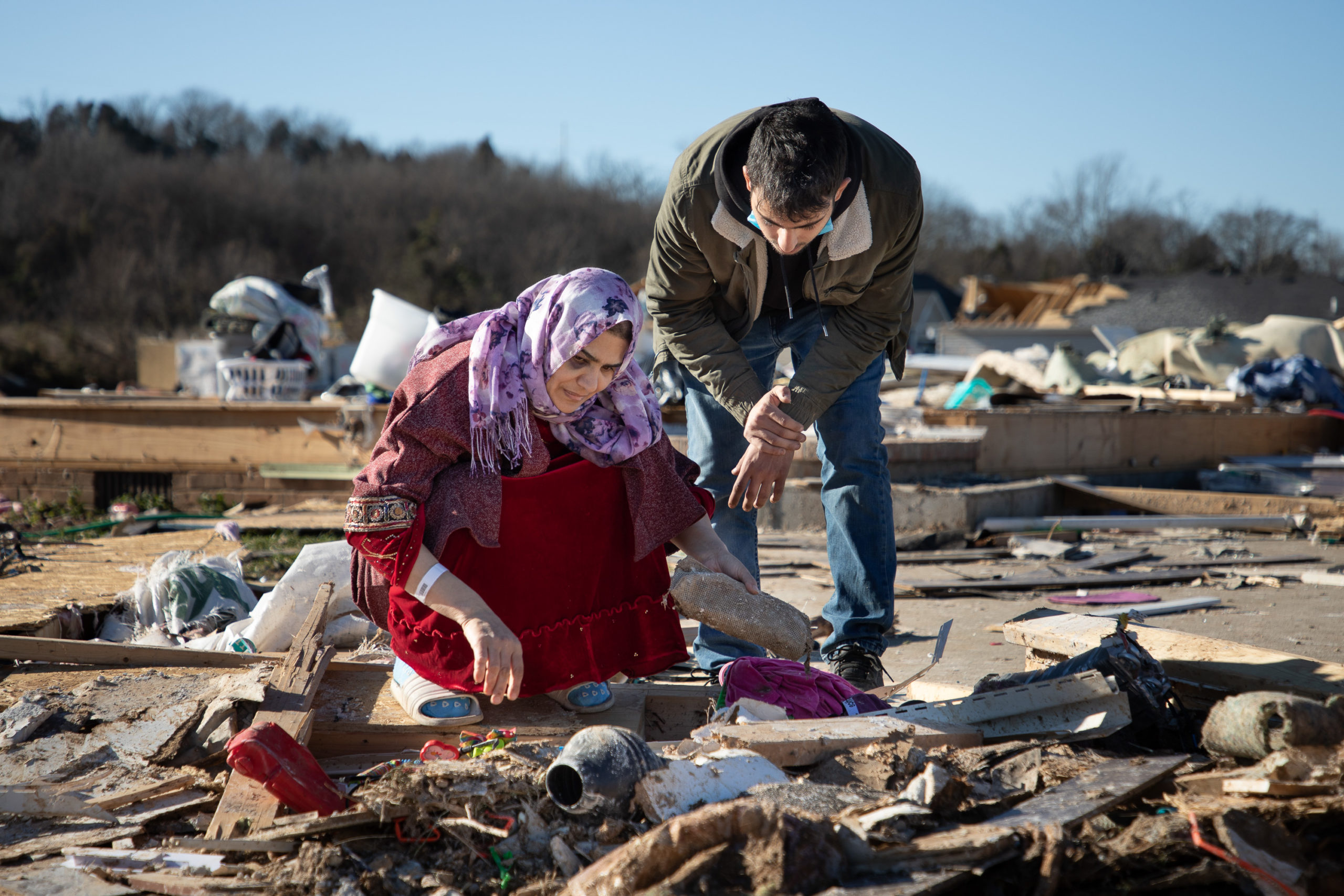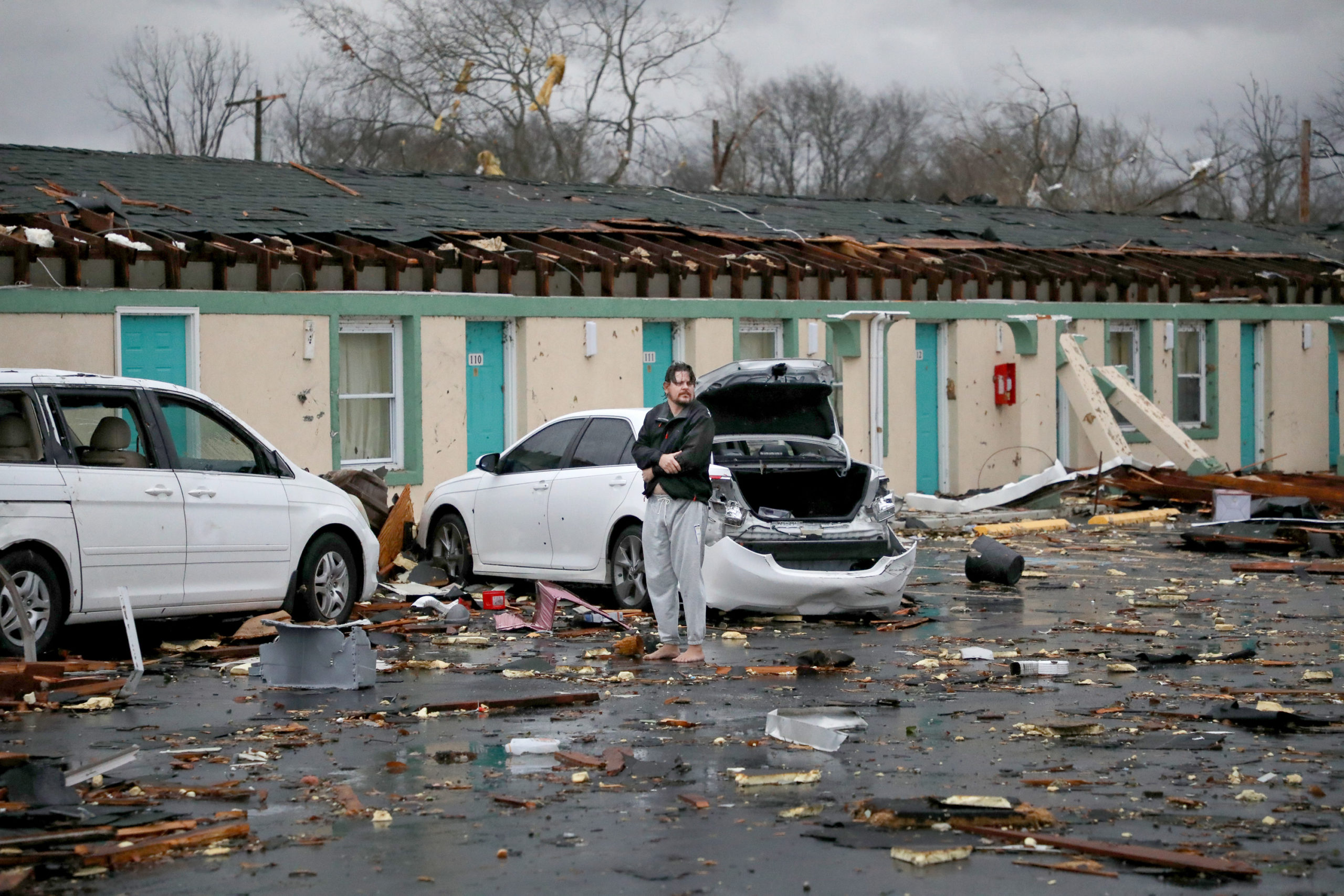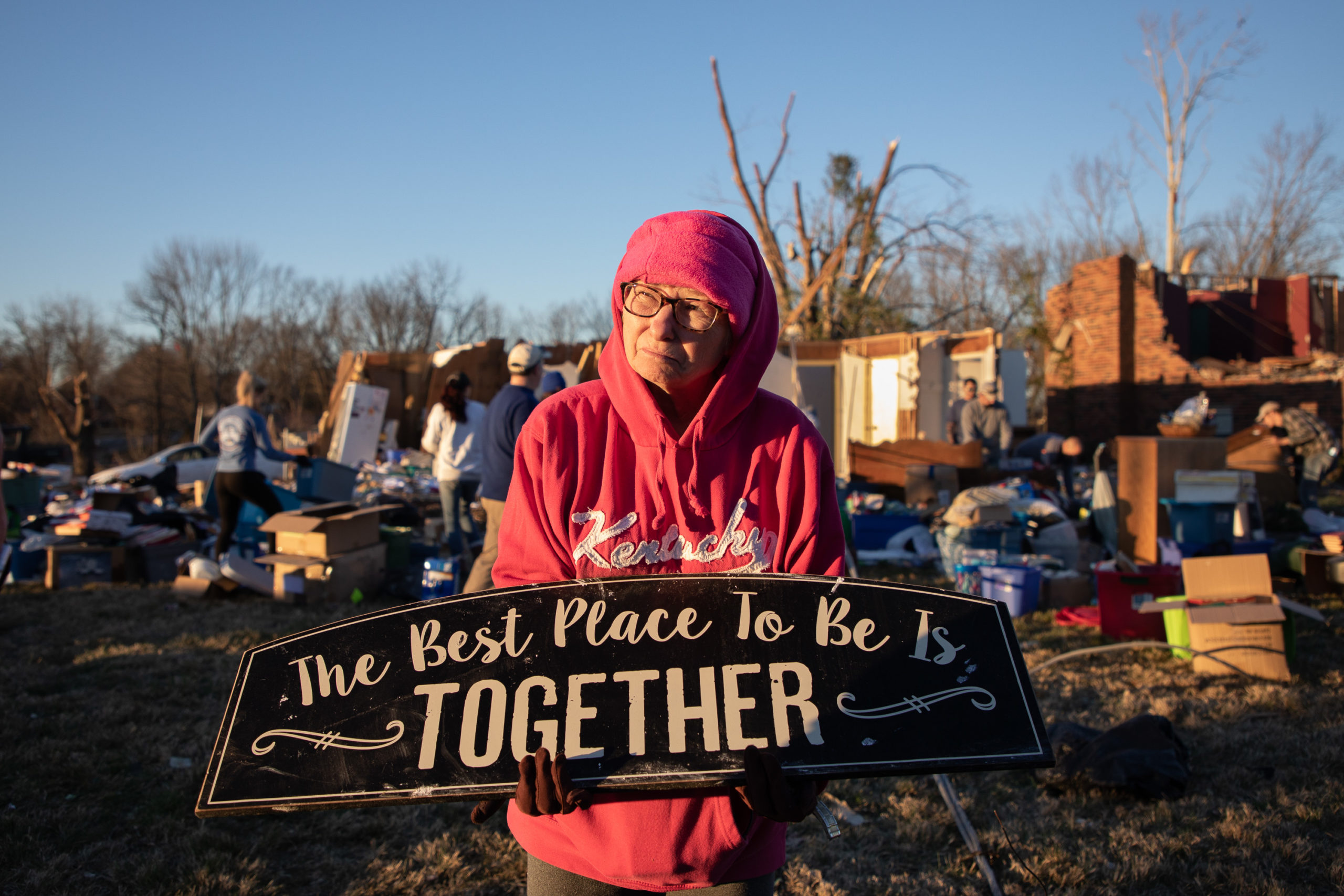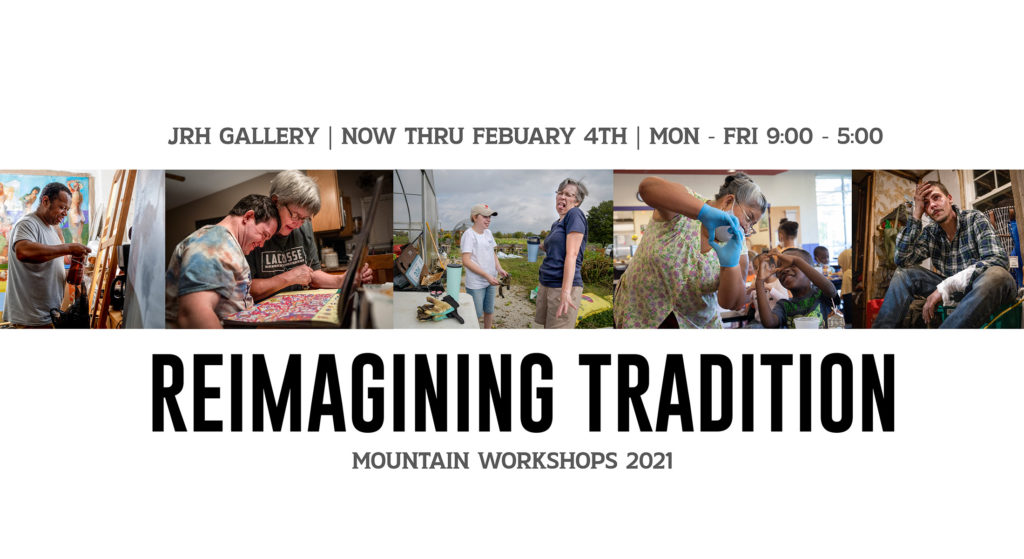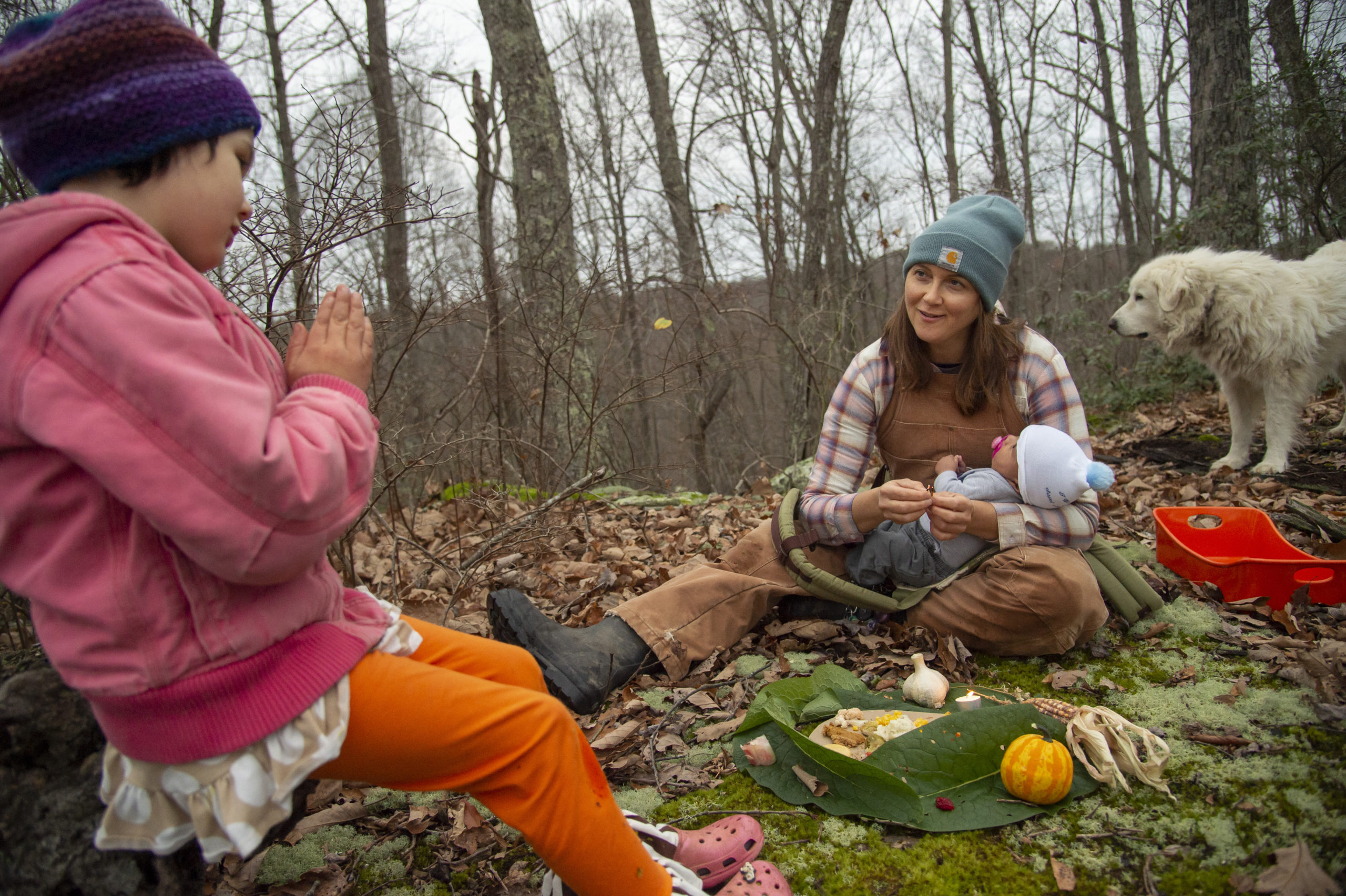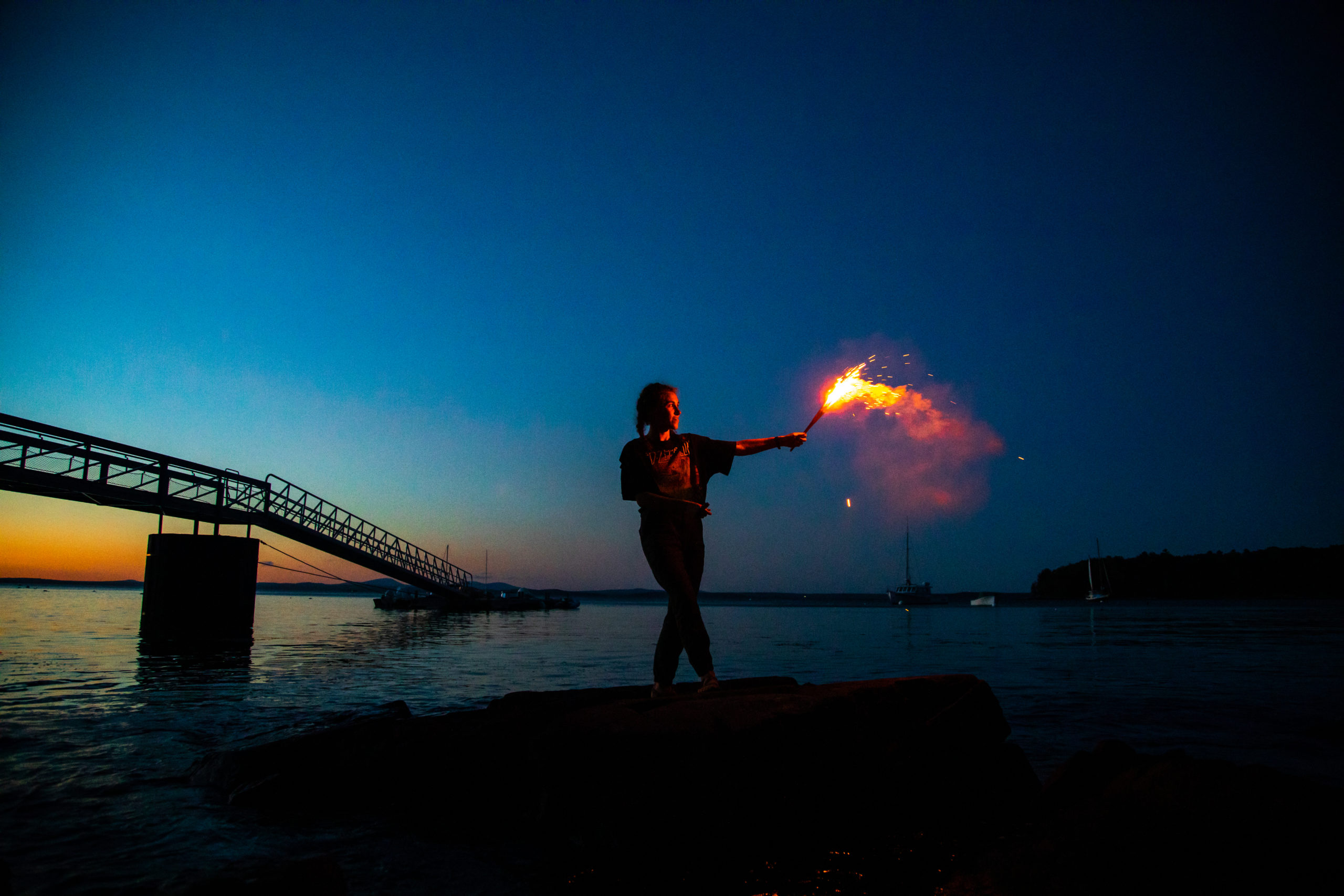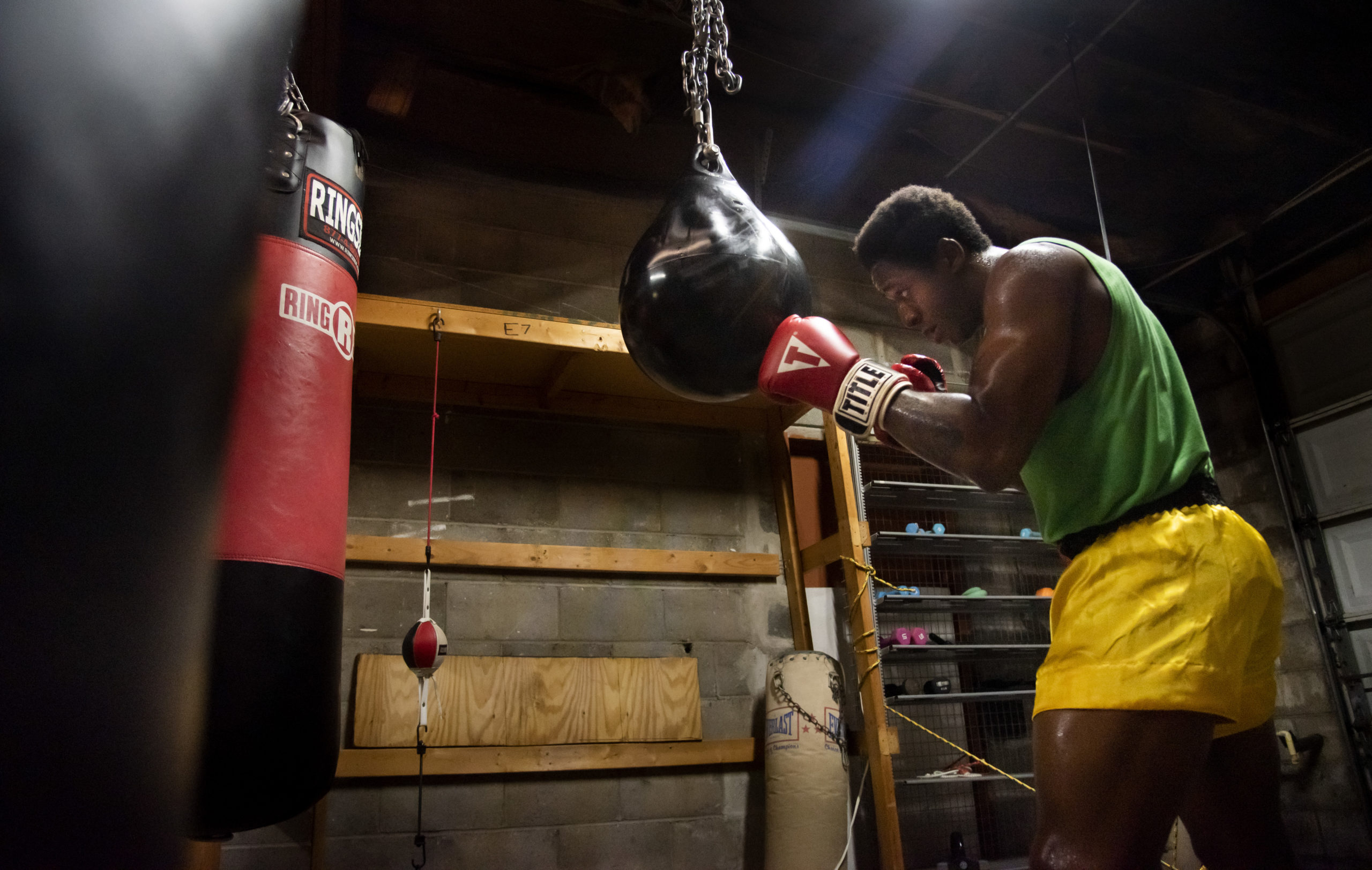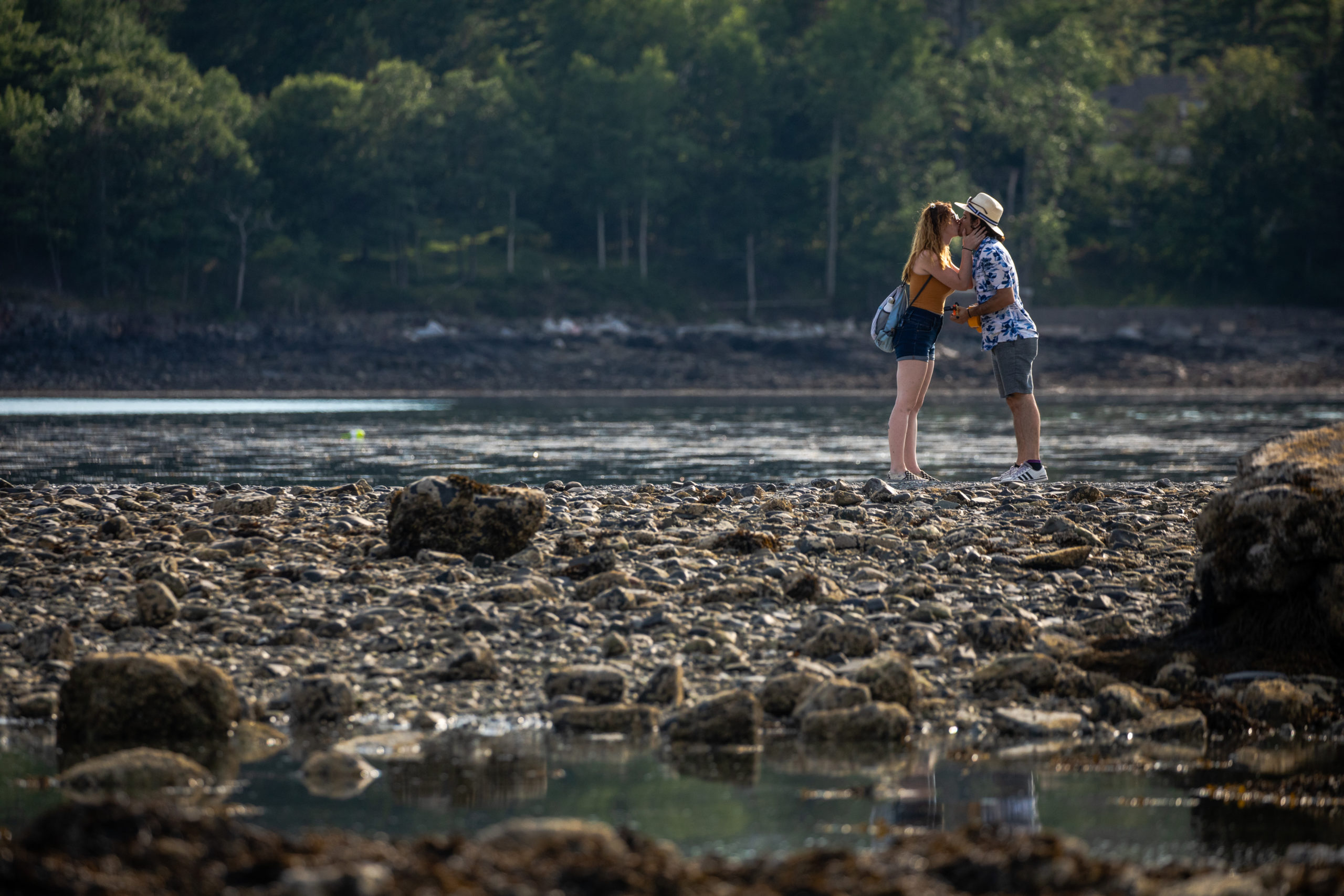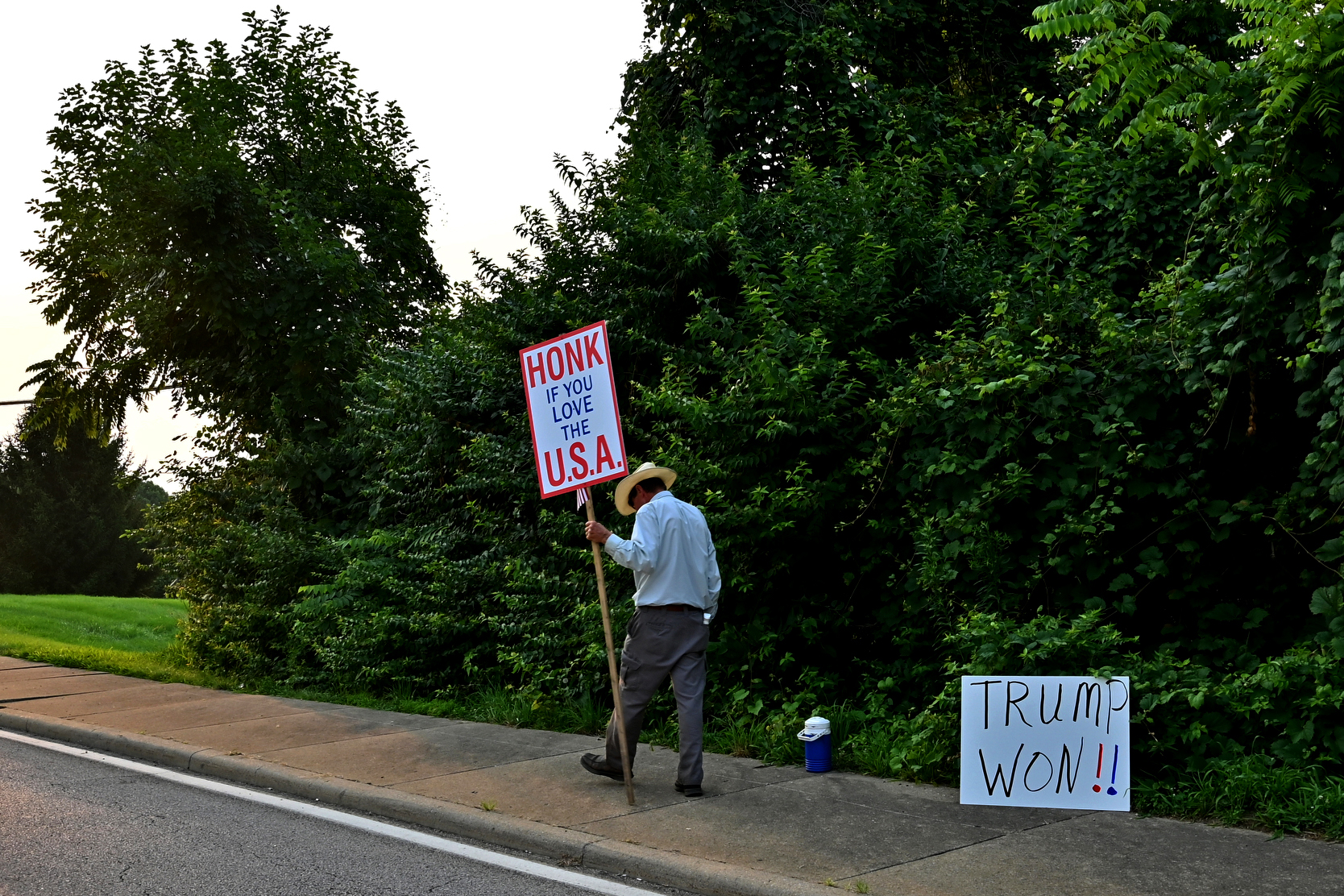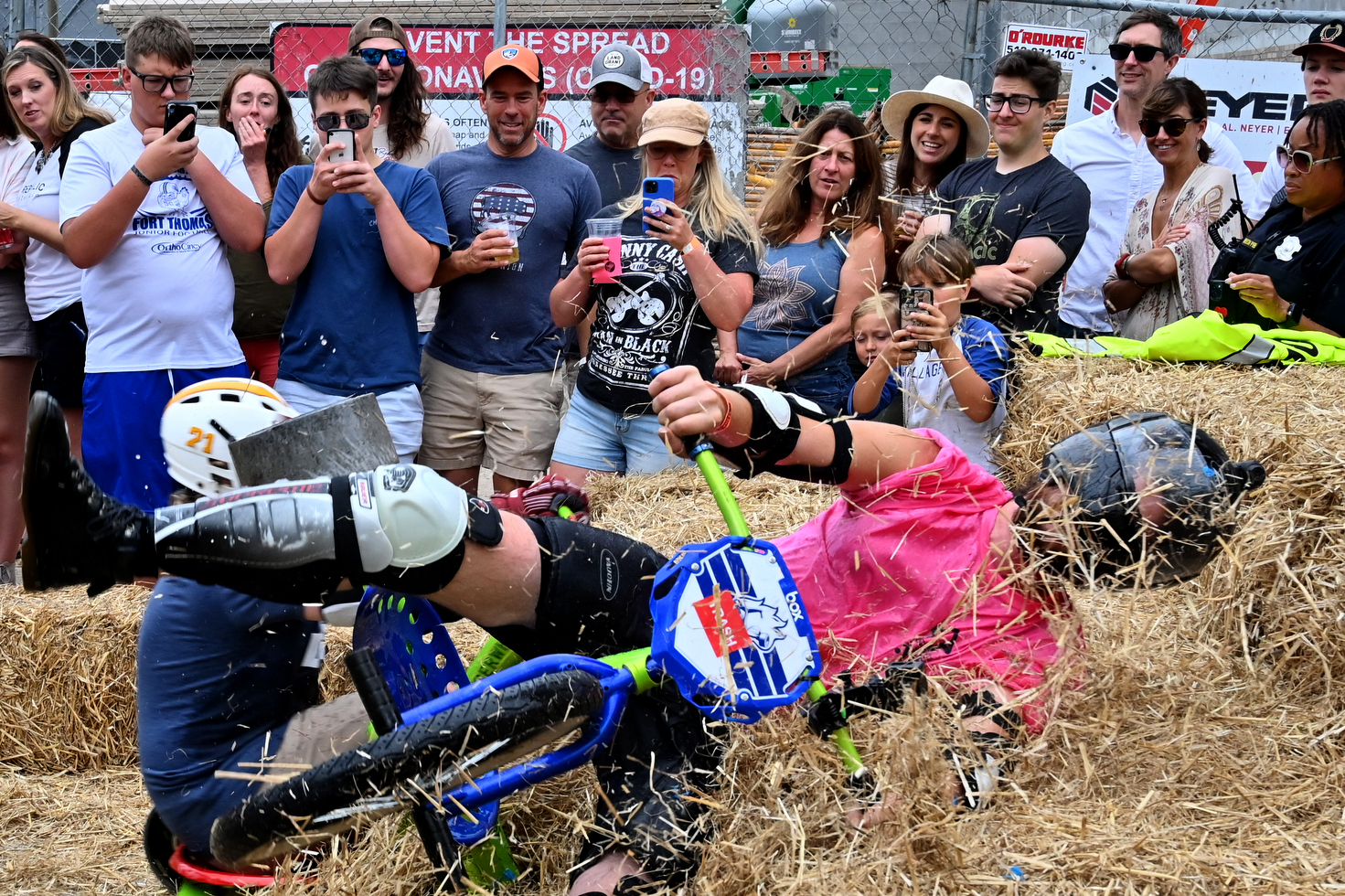A Community United: Through Trauma and Grief, Resilience Emerges
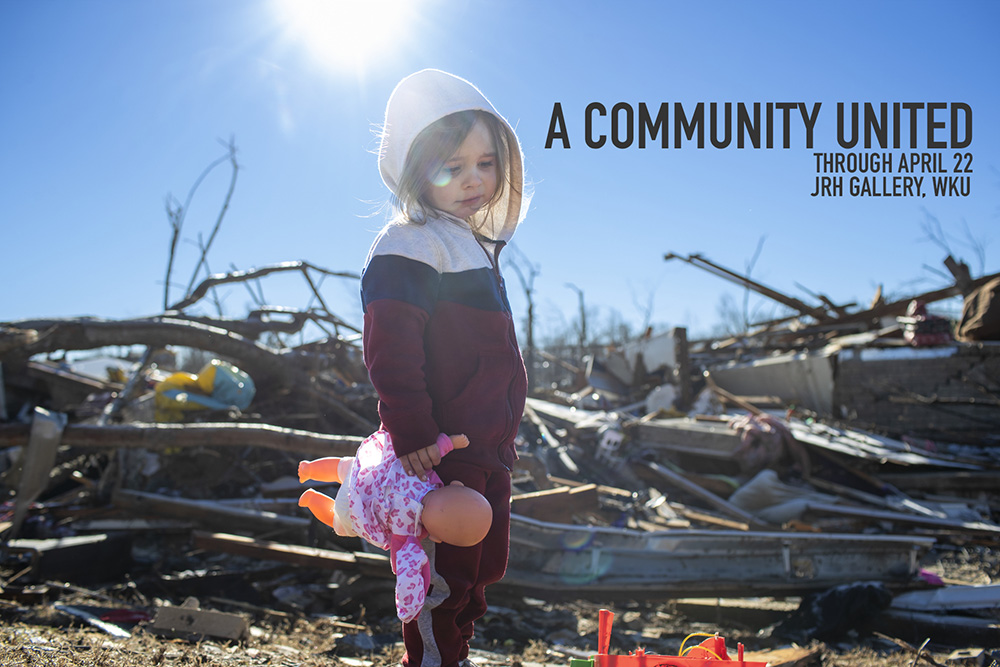
Desiray Cartledge, 3, stands in the rubble of what remains of her house in Dawson Springs just one day after a violent, long-tracked EF-4 tornado moved across Western Kentucky causing catastrophic damage in numerous towns including Mayfield, Princeton, and Bremen. A second long-tracked EF-3 tornado came early the next morning in Bowling Green. BY AUSTIN ANTHONY FOR THE WASHINGTON POST
The power and necessity of community journalism never became more evident than the days and weeks following the December 10 and 11 Kentucky tornadoes. As the residents of this Commonwealth tried to emotionally comprehend and realize the trauma that we collectively endured, we were afforded the opportunity to turn to stories of miraculous survival as well as those of heart-wrenching agony. This collection of images taken by photojournalists, many who experienced the storm firsthand, are what becomes the early draft of history as Kentuckians and the nation remember, over time, what happened the night the skies opened and reigned catastrophe over our communities.
There will be a reception in JRH atrium with some of the photojournalists featured in the exhibition on Thursday, March 31 at 5:30 p.m. followed at 6:30 in the JRH Auditorium by a Gaines Lecture Series roundtable “When Disaster Strikes” moderated by WKYU All Things Considered host Alana Watson with Trent Okerson, chief meteorologist, WPSD Paducah; Grace Ramey, photojournalist, Bowling Green Daily News; and Rick Rojas, national correspondent, New York Times. Light refreshments will be served and is free.
WHAT?
An exhibition of 58 images from WKU students, faculty, alumni and local and regional media will be on display March 28 – April 22.
WHEN?
Gallery hours:
Sunday | 3:00 – 9:00 p.m.
M-W | 9:00 a.m. – 9:00 p.m.
Th-F | 9:00 a.m. – 4:00 p.m.
Reception and Lecture:
Thursday, March 31 at 5:30 and 6:30 p.m.
WHERE?
Jody Richards Hall atrium and gallery on the campus of WKU, Bowling Green, Ky.
Free parking at the Chestnut Street South parking lot after 4:30 p.m. in non-designated zones and in the Mimosa Lot all day Sunday.
DETAILS
This exhibition is sponsored by The School of Media and the Gaines family as part of the Gaines Lecture Series.
Please note that the content of this exhibition may be difficult for some people to view. A picture can trigger a buried memory and recall a precise moment in time. Viewer discretion may be considered.
Contact Tim Broekema at 270-745-3005 or by email at tim.broekema@wku.edu for further information.
